
Opening Time
Mon -Sat: 7:00 - 17:00
Send us an Email
Deshmukhseeds@gmail.com
Call Us
+917300005362
Menu

Menu

Mon -Sat: 7:00 - 17:00
Deshmukhseeds@gmail.com
+917300005362

Groundnut seeds are also commonly known as peanut seeds. They are a type of legume that is grown for its edible seeds, which are rich in protein, fat, and various other nutrients. Groundnuts are a staple food in many parts of the world and are used in a wide range of culinary applications, from peanut butter to roasted snacks.
Groundnuts are high in protein, with around 25% of their calories coming from this macronutrient. They are also a good source of healthy fats, fiber, and various vitamins and minerals, including vitamin E, folate, and magnesium. However, groundnuts are also relatively high in calories, so they should be consumed in moderation as part of a balanced diet.
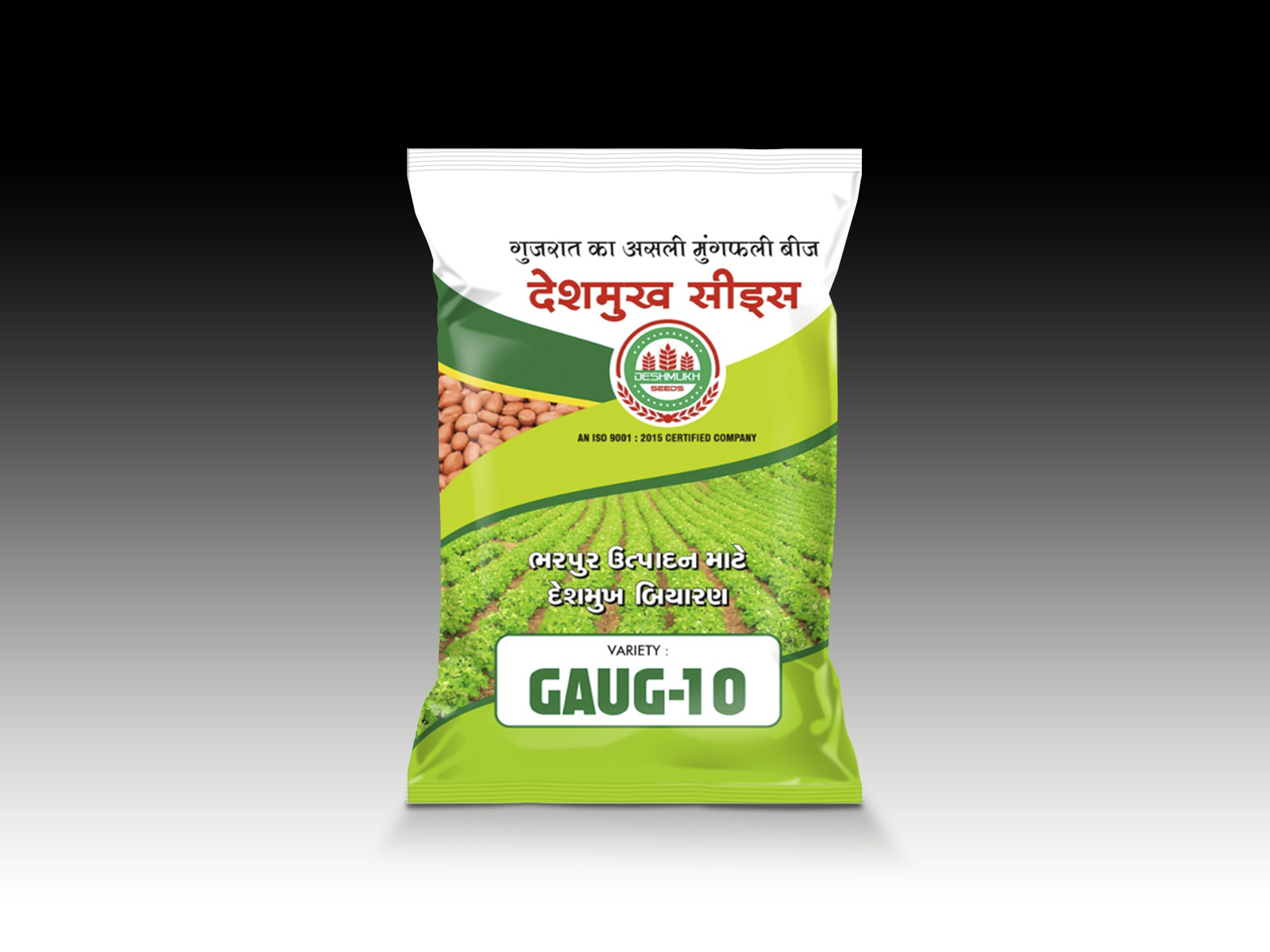
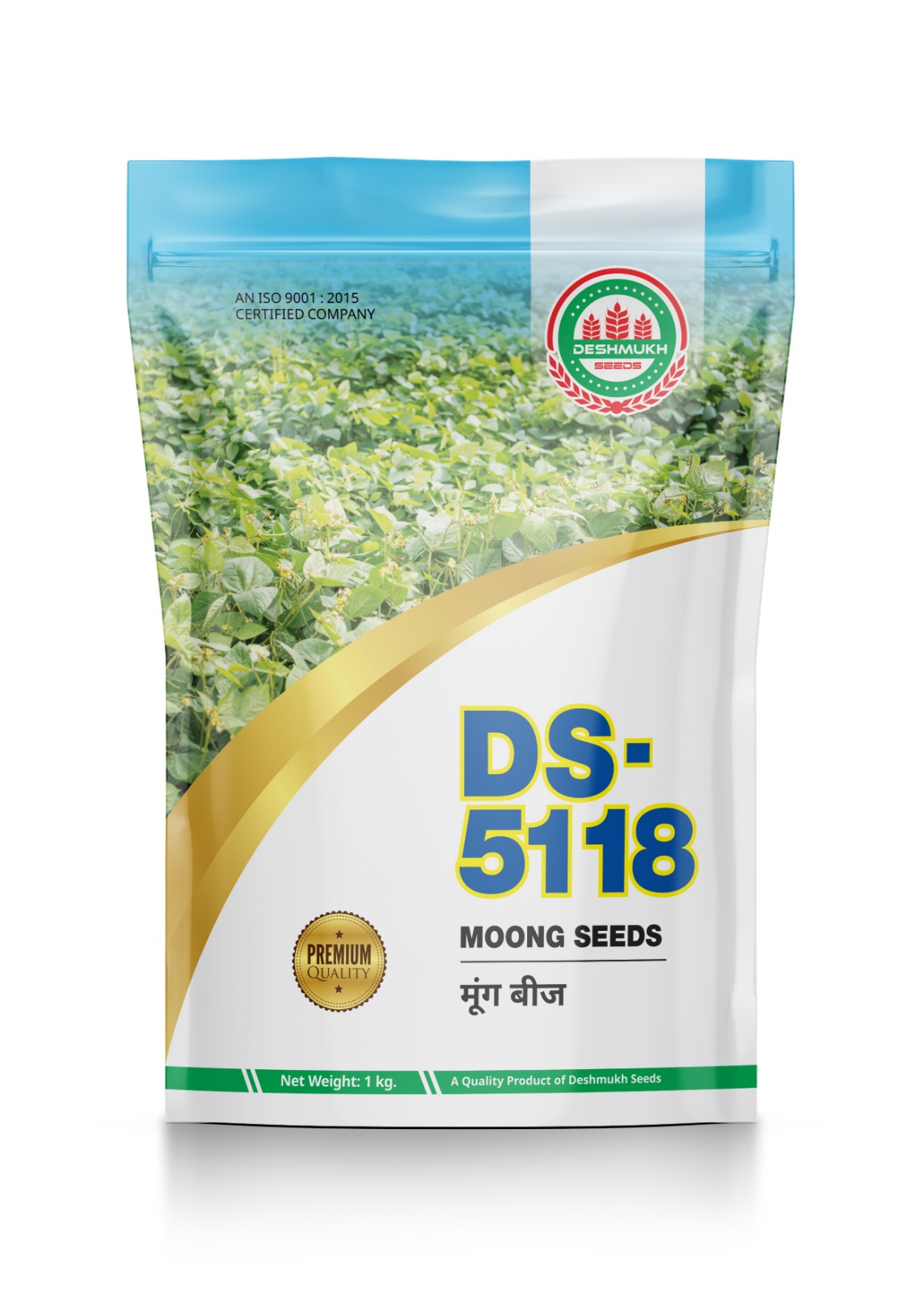
Moong seeds, also known as mung beans or green gram, are small, green-colored legumes commonly cultivated in Asia. They are a popular ingredient in many traditional dishes, particularly in Indian, Chinese, and Southeast Asian cuisines.
Moong seeds are high in protein, fiber, and several essential vitamins and minerals, such as folate, iron, and magnesium. They are also low in fat and calories, making them a healthy addition to any diet.
Moong seeds can be used in a variety of dishes, including soups, stews, salads, and curries. They can also be sprouted and added to sandwiches or used as a topping for salads.
Hybrid bajra agriculture refers to the cultivation of a hybrid variety of pearl millet or bajara, which is a type of drought-resistant cereal crop widely grown in arid and semi-arid regions of India and Africa. Hybrid bajra varieties are developed through cross-breeding of two or more genetically distinct parent plants to create a new plant that combines desirable traits such as high yield, disease resistance, and improved nutritional quality.
Hybrid bajra agriculture has several advantages over traditional bajra farming methods. Hybrid varieties can produce higher yields per acre, have better resistance to pests and diseases, and are often more tolerant to adverse weather conditions such as drought and heat. They can also have improved nutritional qualities, such as higher protein and micronutrient content.
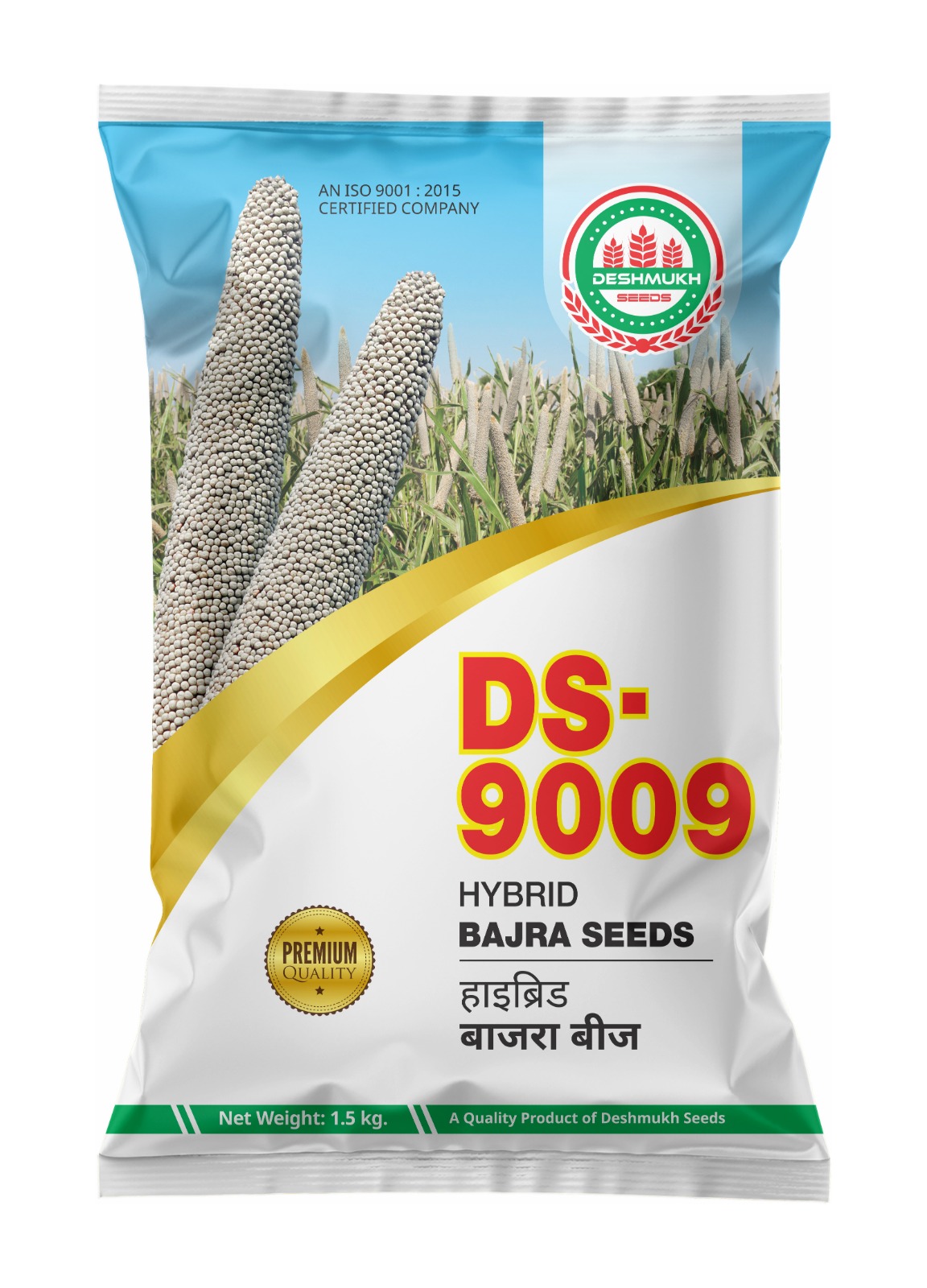
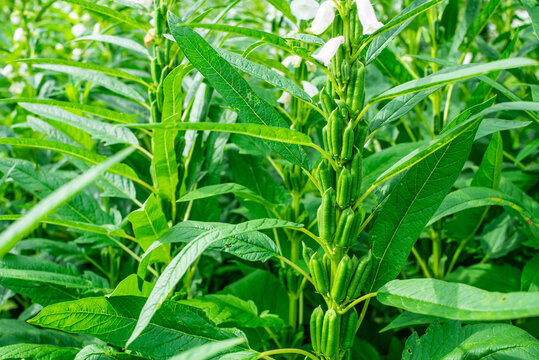
Sesame seeds are a valuable agricultural crop, grown for their oil-rich seeds which are used in cooking, cosmetics, and other products. Here are some important points about sesame seeds in agriculture:
Sesame seeds are an ancient crop, dating back to at least 1600 BCE in ancient Babylon and Assyria. They were also grown in ancient Egypt, where they were used in medicine and as a flavoring.
Sesame is a drought-tolerant crop, meaning it can grow in areas with low rainfall. It also requires little fertilizer or pesticides, making it a relatively low-maintenance crop.
Sesame seeds can be grown in a variety of soil types, from sandy to heavy clay soils. However, they grow best in well-drained soils with a pH between 5.5 and 8.0.
Sesame seeds are typically planted in the spring or summer and harvested in the fall. The seeds are ready to harvest when the capsules turn brown and begin to split open.
BT cotton is a genetically modified variety of cotton that has been developed by inserting a bacterial gene (Bacillus thuringiensis or Bt) into the cotton genome. This gene produces a protein that is toxic to certain insect pests, such as bollworms, which can cause significant damage to cotton crops.
However, there have also been concerns about the long-term sustainability of BT cotton cultivation, as well as the impact of this technology on farmers’ livelihoods and the environment. Some studies have suggested that BT cotton may be less effective at controlling pests over time, leading to increased pesticide use and reduced yields. Additionally, the high cost of BT cotton seeds can be a barrier to adoption for some farmers, particularly in developing countries.
Overall, the use of BT cotton seeds remains a controversial topic, with both potential benefits and drawbacks to consider.


Guar seeds are an important crop in agriculture, primarily grown in arid and semi-arid regions. They are primarily grown for their endosperm, which is ground into a powder known as guar gum. Guar gum is widely used in the food, pharmaceutical, and oil industries.
In agriculture, guar seeds are primarily used as a soil conditioner, as they have the ability to improve soil structure and moisture retention. They are also used as a natural fertilizer, as they are rich in nitrogen and other essential plant nutrients.
Guar seeds are also used as a cover crop, as they have the ability to fix atmospheric nitrogen, which can be used by other crops in the rotation. Additionally, guar plants have a deep root system that helps to prevent soil erosion and improve soil health.
Isabgol (also known as psyllium husk) is a popular natural remedy for digestive issues, particularly constipation. Isabgol seeds come from the Plantago ovata plant, which is native to India and Pakistan. The seeds are small, black, and covered with a thin, white layer of husk.
Isabgol seeds are rich in soluble fiber, which absorbs water and expands in the intestines to form a gel-like substance. This helps to soften the stool and promote bowel movements. Isabgol seeds are often taken with water or other liquids to prevent choking, and they should be consumed immediately after mixing to prevent the mixture from thickening.
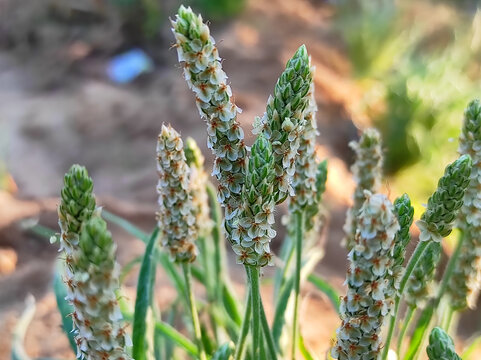
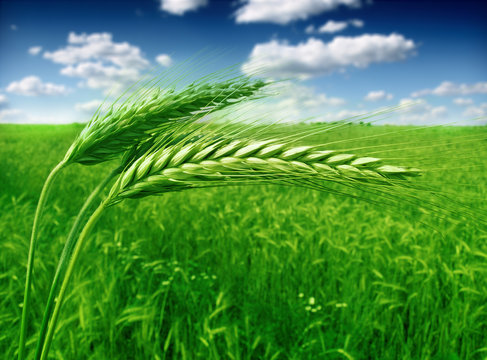
Wheat seeds are the small, brownish, oval-shaped seeds of the wheat plant. Wheat is a type of grass that is cultivated for its edible grains, which are used to make a wide range of food products, including bread, pasta, cereal, and flour.
Wheat seeds contain a variety of nutrients, including carbohydrates, protein, fiber, vitamins, and minerals. They are an excellent source of complex carbohydrates, which provide long-lasting energy, and they also contain a good amount of protein, which is important for building and repairing tissues in the body.
Wheat seeds can be sprouted and used in salads, sandwiches, and other dishes. They can also be ground into flour to make bread, pasta, and other baked goods. Whole wheat flour is often preferred over refined flour because it contains more fiber and nutrients.
Mustard seeds are an important crop in agriculture, as they are used as a spice and a source of edible oil. Mustard is a cool-season crop that is grown in temperate regions around the world. The plant belongs to the Brassicaceae family, which also includes broccoli, cauliflower, and cabbage.
Mustard seeds are typically sown in early spring or late summer and require well-drained soil with a pH between 6.0 and 7.5. They are usually sown directly into the soil, either by broadcast seeding or drilling. The seeds are relatively small and should be sown at a depth of around 1/4 to 1/2 inch.
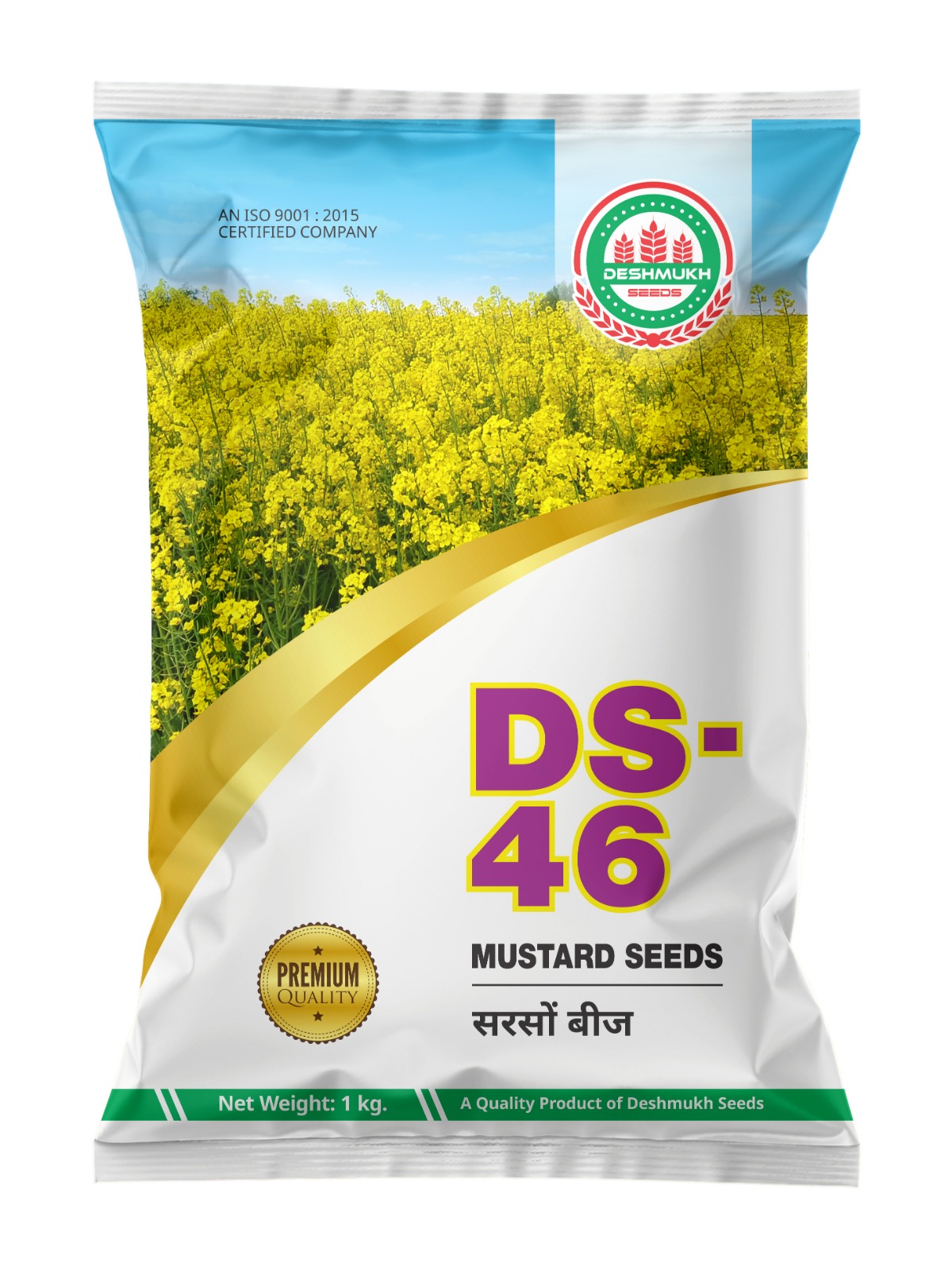

Cumin seeds are an important agricultural crop that is grown in many regions around the world. Cumin is a flowering plant that belongs to the Apiaceae family and is native to the eastern Mediterranean region and parts of Asia. Today, it is widely cultivated in countries such as India, Iran, Turkey, China, Syria, Mexico, and Egypt.
Cumin seeds are primarily grown for their seeds, which are used as a spice in many cuisines. The seeds are harvested when they are ripe and dry, usually around four months after planting.Cumin seeds are known for their distinctive warm, earthy flavor and are used in a variety of dishes, including soups, stews, curries, and chili.In terms of cultivation, cumin is a hardy plant that thrives in warm, dry conditions.
Fenugreek seeds are commonly used in agriculture as a natural fertilizer and as a pest repellent. These seeds are rich in nitrogen, phosphorus, and potassium, which are essential nutrients for plant growth. They can be used to improve soil fertility, increase plant growth, and enhance crop yields.
Fenugreek seeds can also be used as a natural insecticide to repel pests such as aphids, mites, and whiteflies. The seeds contain compounds that are toxic to these pests and can be used as a natural alternative to chemical pesticides.
To use fenugreek seeds in agriculture, they can be mixed with soil or compost before planting, or they can be used as a liquid extract or spray to apply directly to plants. It is important to follow recommended dosage and application instructions to ensure effective and safe use.
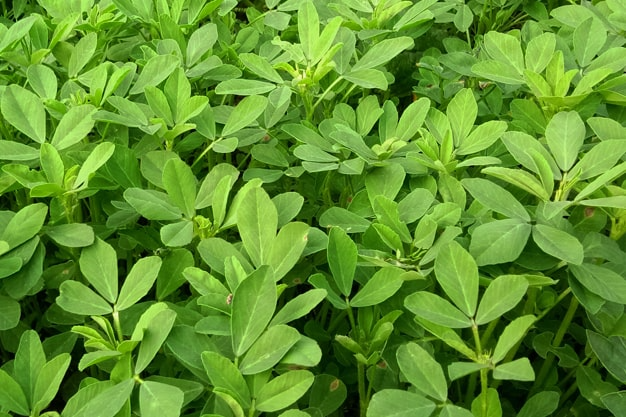

Gram seeds, or chickpea seeds, are small, round, and beige in color. They are a good source of protein, fiber, and various nutrients, including iron, magnesium, and folate. They are commonly used in Indian, Middle Eastern, and Mediterranean cuisine to make dishes such as hummus, falafel, and chana masala. Chickpea seeds can be eaten cooked or sprouted, and they are available in canned or dried form. When using dried chickpeas, they need to be soaked overnight before cooking to help soften them and reduce cooking time. Canned chickpeas are precooked and can be used directly in recipes.
Chickpea seeds are a versatile ingredient and can be used in a variety of dishes, such as soups, stews, salads, and curries. They are also a popular vegetarian and vegan alternative to meat and can be used to make vegetarian burgers, meatballs, and sausages.
Barley is an important cereal crop that is grown in many parts of the world. It is used for a variety of purposes, including human consumption, animal feed, and malt production for the brewing industry. If you are interested in growing barley seeds for agricultural purposes, here are some things you should know Climate and soil requirements: Barley is a cool-season crop and grows best in temperate climates. It can be grown in a wide range of soils but prefers well-drained, fertile soils with a pH of 6.0-7.5 Planting: Barley seeds can be planted in the fall or spring, depending on the climate and the intended use of the crop. Fall planting is generally recommended in areas with mild winters, while spring planting is more common in colder regions. The optimal planting depth is about 1-2 inches.

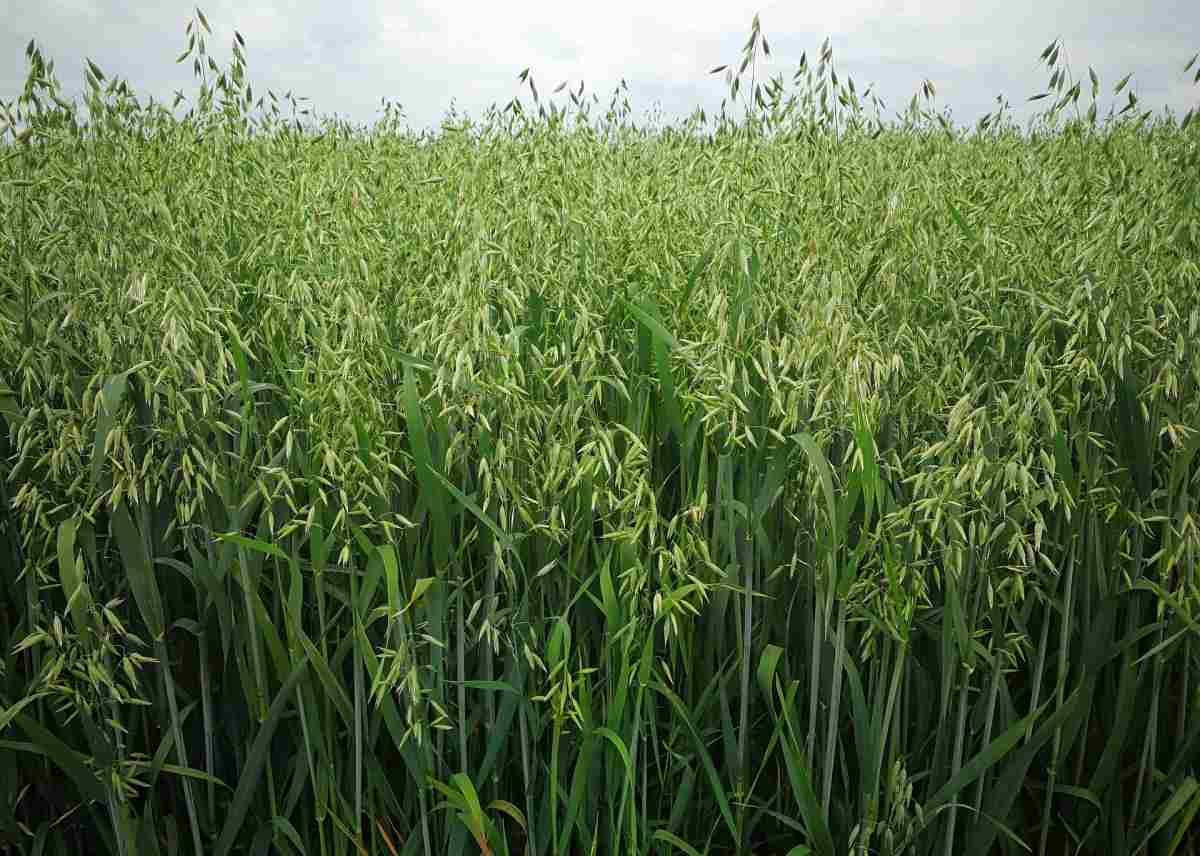
Oat seeds are commonly used for agricultural purposes, including human consumption, livestock feed, and even as a cover crop. Here are some key points to consider when it comes to oat seed agriculture: Soil Requirements: Oats grow best in well-drained soils with a pH between 6.0 and 7.0. They can also tolerate soils that are slightly acidic, but excessive alkalinity can limit their growth. Climate: Oats are a cool-season crop, meaning they grow best in regions with mild temperatures. They can tolerate temperatures as low as -10°C, but growth is optimal between 15-20°C. Additionally, they require adequate moisture for proper growth Planting: Oats can be planted in either the fall or spring, depending on the climate and the intended use. Fall planting allows for an earlier harvest, while spring planting is better for a higher yield. The seeds should be planted at a depth of around 1-2 inches.
Hybrid sorghum agriculture refers to the cultivation of hybrid varieties of sorghum, a type of cereal crop that is widely grown for its grain, forage, and sweet syrup. Hybrid sorghum varieties are created by crossing two or more genetically distinct parental lines to produce plants with improved characteristics, such as higher yield, greater resistance to pests and diseases, and better tolerance to drought and other environmental stresses.
Hybrid sorghum agriculture has several advantages over traditional non-hybrid sorghum farming. Firstly, hybrid sorghum varieties generally have higher yields than non-hybrids, which means that farmers can produce more grain per unit of land. This can help to increase food security and improve incomes for farmers. Secondly, hybrid sorghum varieties are often more resilient to pests, diseases, and environmental stresses, which can help to reduce crop losses and improve the overall health of the crop.
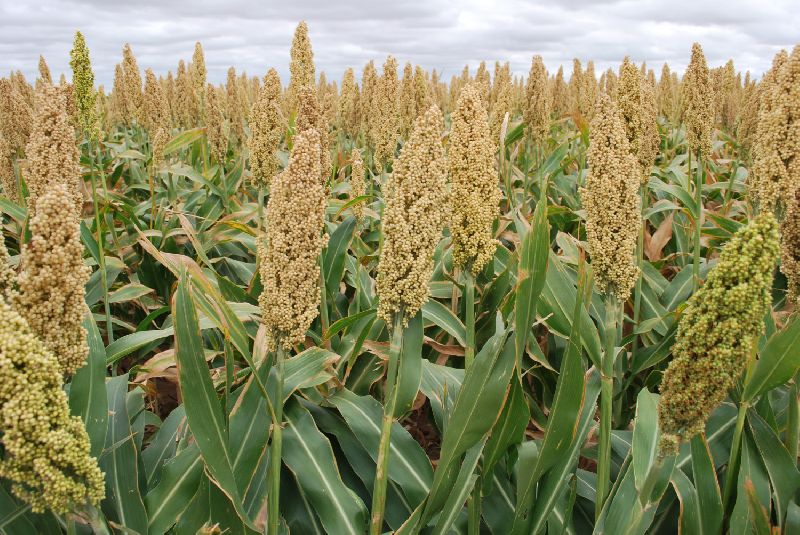

Multi-cut bajra agriculture refers to a farming practice where farmers grow multiple crops of bajra (pearl millet) in a single growing season. Traditionally, bajra is a rain-fed crop that is grown once a year in areas with limited rainfall. However, with the development of high-yielding bajra varieties, farmers can now grow multiple crops of bajra in a single growing season. Multi-cut bajra agriculture has several advantages for farmers, including increased crop yields, improved soil health, and greater economic returns. By growing multiple crops of bajra in a single season, farmers can increase their overall crop yields and earn more income. Additionally, the practice of multi-cut bajra agriculture can help to improve soil health by reducing soil erosion and increasing soil fertility. To practice multi-cut bajra agriculture, farmers need to select high-yielding bajra varieties that are suitable for their growing conditions.
Lucerne, also known as alfalfa, is a valuable crop for agriculture. It is a perennial flowering plant that belongs to the legume family and is grown all over the world for its high protein content, nutrient-rich leaves, and excellent soil conditioning properties. Lucerne is a versatile crop that can be used for grazing, hay production, silage, and even as a green manure cover crop. It is a popular crop for dairy farmers as it provides high-quality feed for livestock, and its deep root system improves soil health and fertility. Lucerne is also an important crop for sustainable agriculture as it requires less water and fertilizer than many other crops, and its nitrogen-fixing ability reduces the need for synthetic fertilizers. It also helps to control erosion and improves soil structure, making it an ideal crop for conservation tillage systems.
